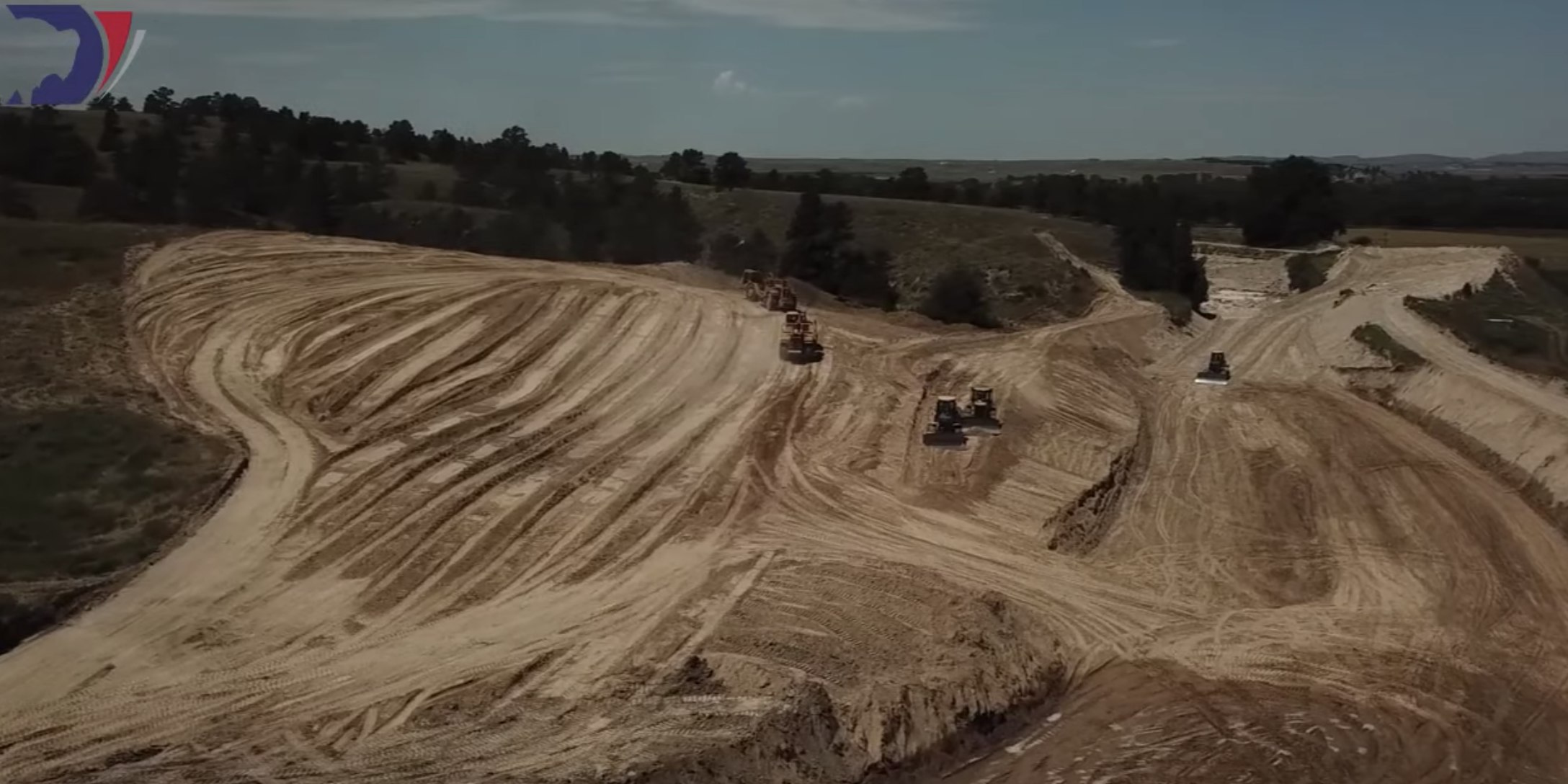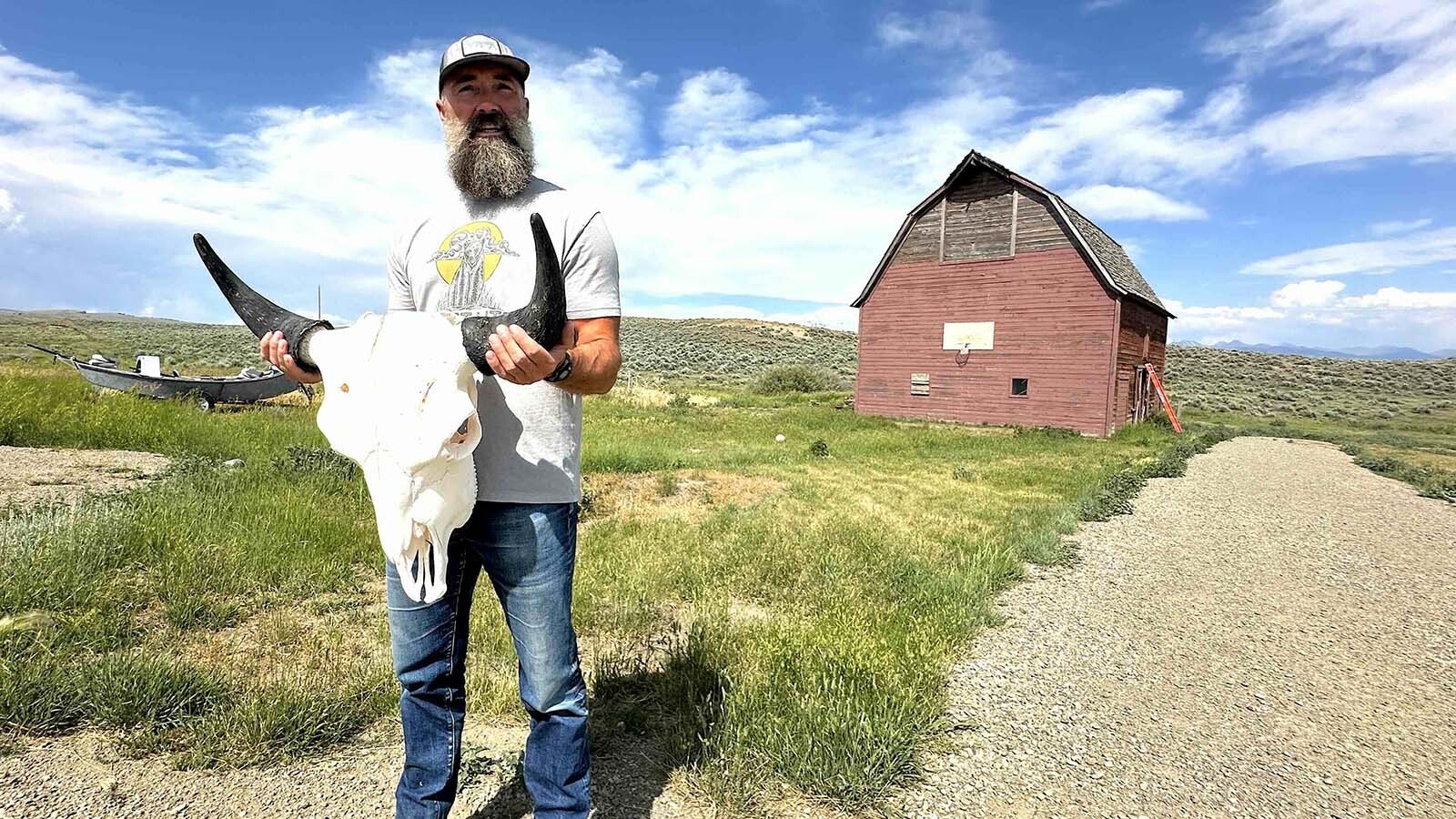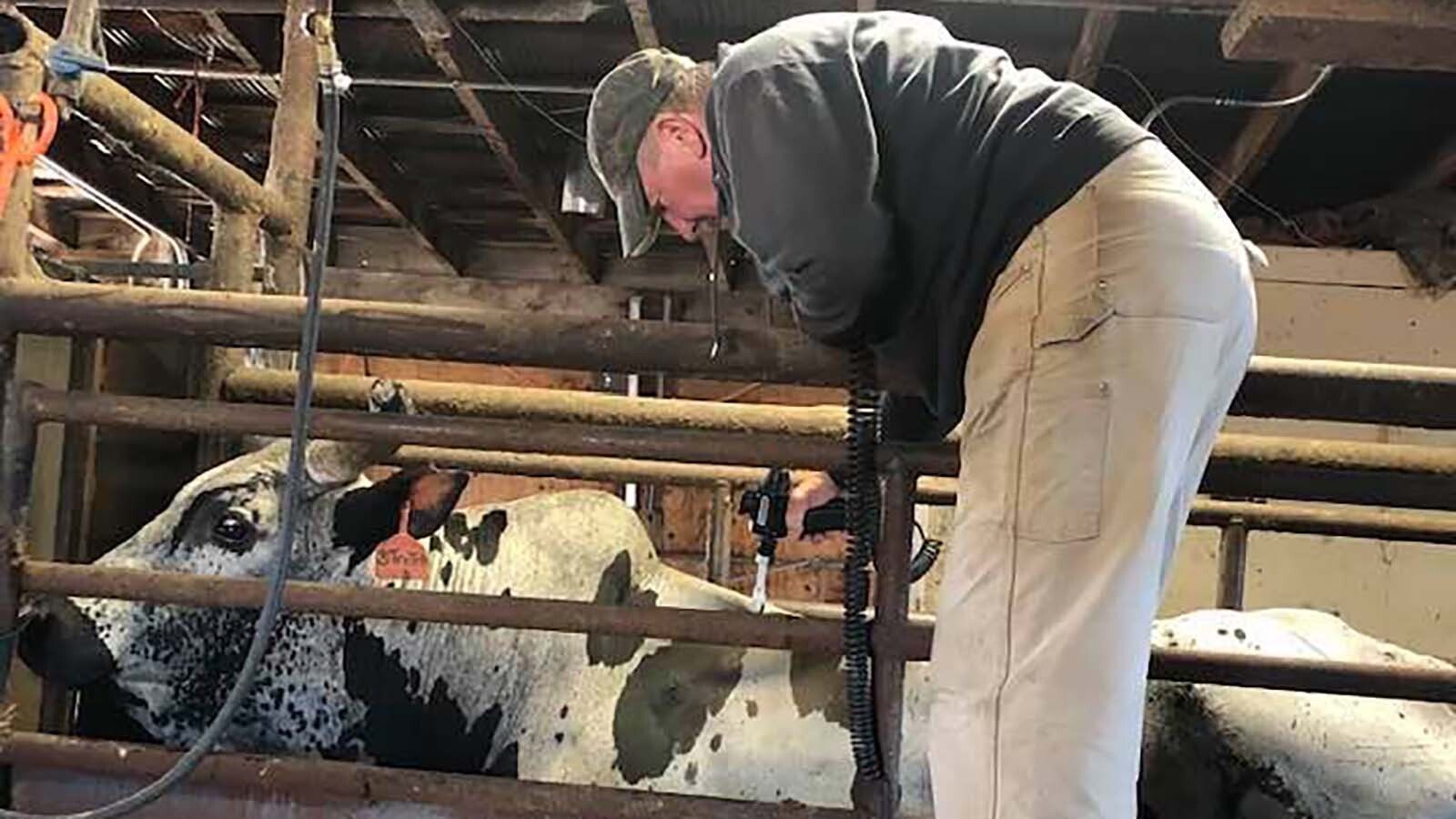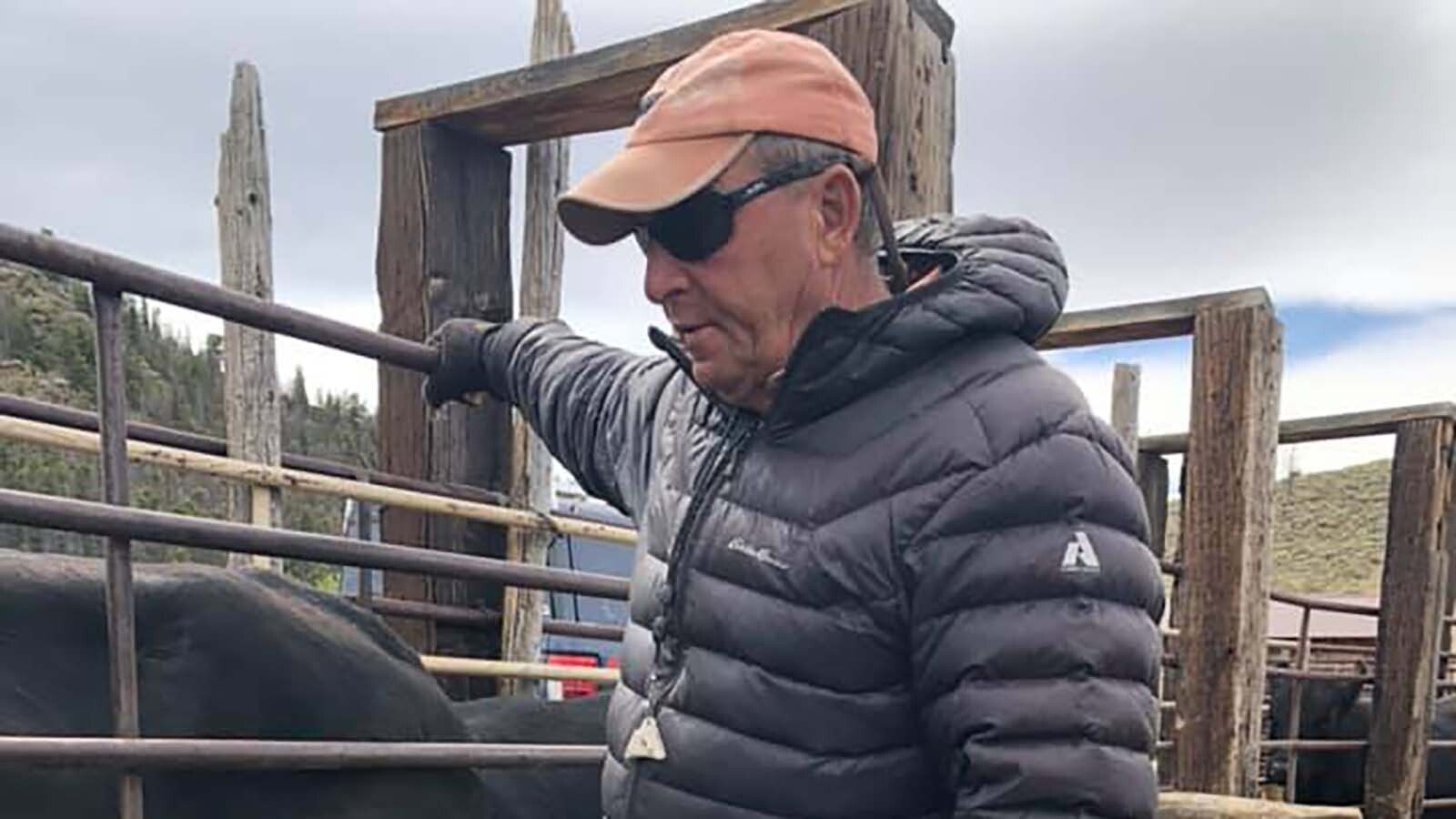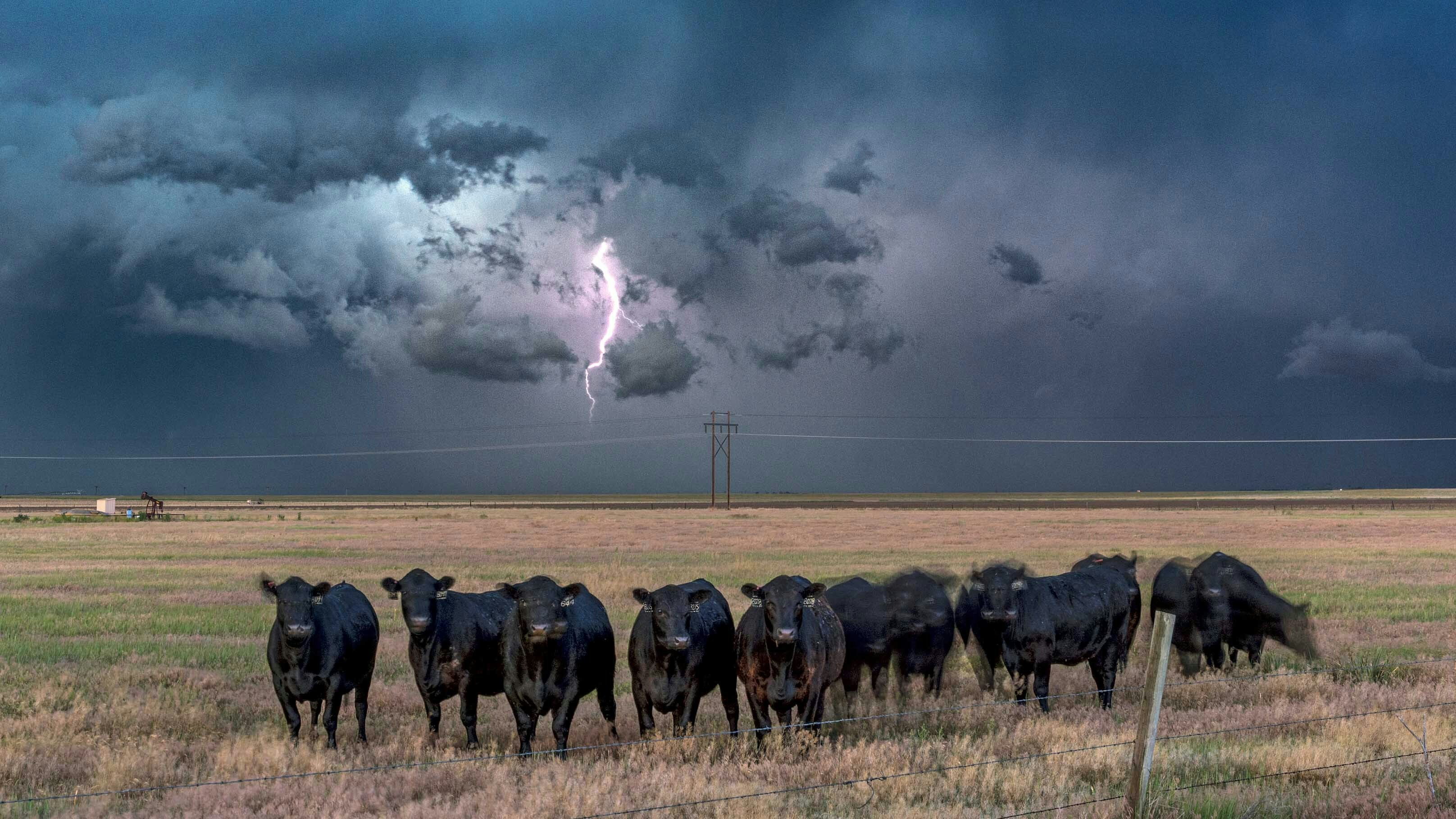Tunnel crews cleared the Gering-Fort Laramie Irrigation Canal tunnel Monday, and water could start flowing to crops as early as later this week, Goshen County Irrigation District Manager Rob Posten said.
Full capacity irrigation, however, won’t be restored immediately, he added.
“We’ll go a little at a time until we get there,” Posten said. “It might take another week — it usually takes 7 to 10 days to bring the water into where we want it.”
Irrigation water was cut off to more than 100,000 acres of farmland in Goshen County and Nebraska on July 17 after the Gering-Fort Laramie Canal tunnel collapsed about a mile south of Fort Laramie.
Torrington Mayor Randy Adams said Posten’s announcement was well received around the community.
“Apparently there is no sidewall damage, which would have prohibited running water through it this year,” Adams said. “People in the community who’ve driven around the canal area have said the crops are looking better than expected.”
Prior to the U.S. Department of Agriculture stating Friday that crop losses caused by the canal collapse would be insured, the mayor said the incident could cost the community as much as $250 million during the next few years. Adams said he wasn’t sure how the USDA announcement would affect prior economic predictions, one of which predicted a total loss to crops that could cost Wyoming and Nebraska about $90 million.
“The USDA is going to have to wait until those farmers harvest and turn in the crop, so they know how much they’ll pay out,” he explained. “I haven’t been a farmer for over 20 years, but crop insurance is basically a means for you to get back on your feet and plant the next crop. It’s better than getting nothing.”
Crop loss
Turning the irrigation back on could reduce overall crop loss, a University of Nebraska-Lincoln researcher said. Xin Qiao, an irrigation management specialist at the UNL Panhandle Research and Extension Center, produced a report in July detailing the potential crop losses in the area served by the Gering-Fort Laramie Irrigation Canal. The report predicted 100 percent loss of corn, more than 90 percent loss of dry edible beans and a 50 percent to 60 percent loss of sugar beets if the tunnel was not repaired by Aug. 13.
“I don’t think that number is accurate anymore,” Qiao said. “Any rain they got (since) could reduce the overall impact. It’s the total amount of rainfall that matters and the timing. I don’t have a concrete analysis at this point.”
At his research facility in Nebraska, Qiao said his team turned off irrigation to their own sugar beat plots after the canal collapsed to study the potential effects on the crop. Unfortunately, he said a recent hail storm killed the plots before he could observe the lasting effect on the plants of removing irrigation.
“I definitely think they won’t have that much loss from the original prediction,” he said. “My (new) prediction is it will be less, but I don’t think the numbers will be that far over.”
Legislative support
Sen. Cheri Steinmetz, R-Torrington, said the tunnel reopening was great news for everyone involved.
“It’s a testament to the work of the problem solvers on the ground and both of the irrigation boards,” Steinmetz said. “(Locals are) overjoyed to have water flowing back through the canal.”
On the policy side, she said legislators are looking into potential ways for the state to help Goshen County ag producers and Wyoming residents affected by similar disasters in the future.
“The Select Water Committee will be taking up this project through the omnibus water bill,” Steinmetz said. “We’ll be advancing that to a construction phase in the 2020 (Legislative) Session.”
The omnibus water bill allows legislators to approve and transfer funds from state accounts into priority water projects around Wyoming.“We’re also looking into an emergency account when issues like this arise similar to the fire suppression account,” Steinmetz added.
The emergency fire suppression account bill was adopted by the Legislature this year. It allows unspent, unobligated general fund monies appropriated to the Division of Forestry to revert to a revolving account for emergency fire suppression.
Questions of responsibility
Despite an outpouring of support from Wyoming agencies in response to the tunnel collapse, Steinmetz said there is still a question of the U.S. Bureau of Reclamation’s responsibility in the collapse.
Bureau spokesperson Jay Dallman said the agency constructed the tunnel in 1917 as part of the North Platte Project, then signed over the responsibility for maintenance and use to Goshen Irrigation and Gering-Fort Laramie Irrigation districts.
“The agency response (to questions of responsibility) is under that 1926 agreement, the (irrigation) districts are responsible for operation and maintenance,” Dallman said. “However, we’re certainly supportive or our districts, and we’re trying to work with them to figure out solutions to the problem.”
The bureau authorized up to $4 million in loans for temporary repairs to the Gering-Fort Laramie Irrigation Canal tunnel, he said. While Dallman did not have the exact amount requested by the districts on hand, he said it was about $2 million.
Posten did not have an estimate on the tunnel’s cost of repairs.
Dallman said the loan was on a 50-year term at about 3 percent interest, and the districts would only be responsible for paying back 65 percent of the loan value.
About 100 years ago, the bureau also built the Interstate Canal System, which leads out from Whalen Diversion Dam and serves farmland in Wyoming and Nebraska.
“One could easily conclude this has been an eye opener for all of us,” Dallman said. “We will probably be not only continuing inspections with the (irrigation) districts, but also looking for ways to improve on the technology used in those inspections.”

